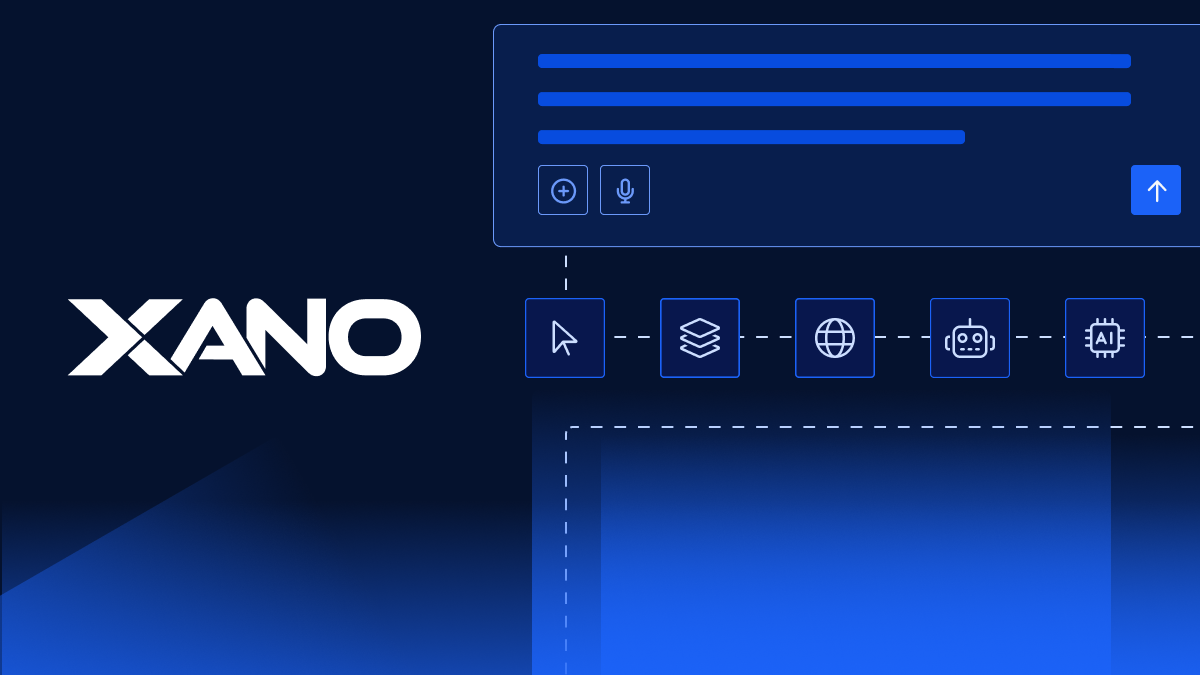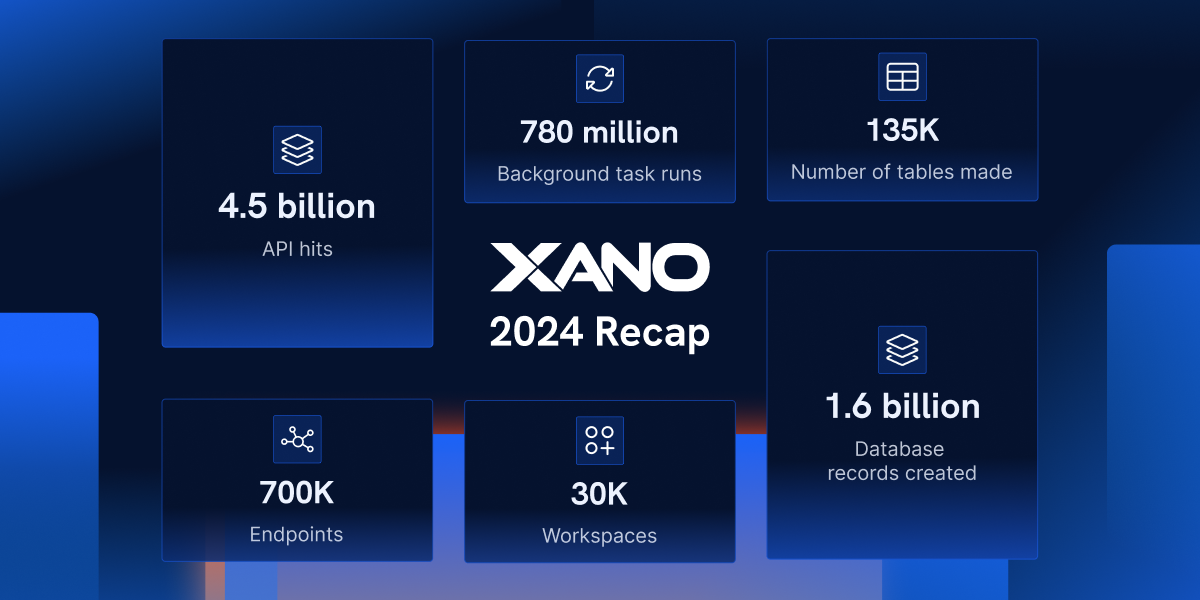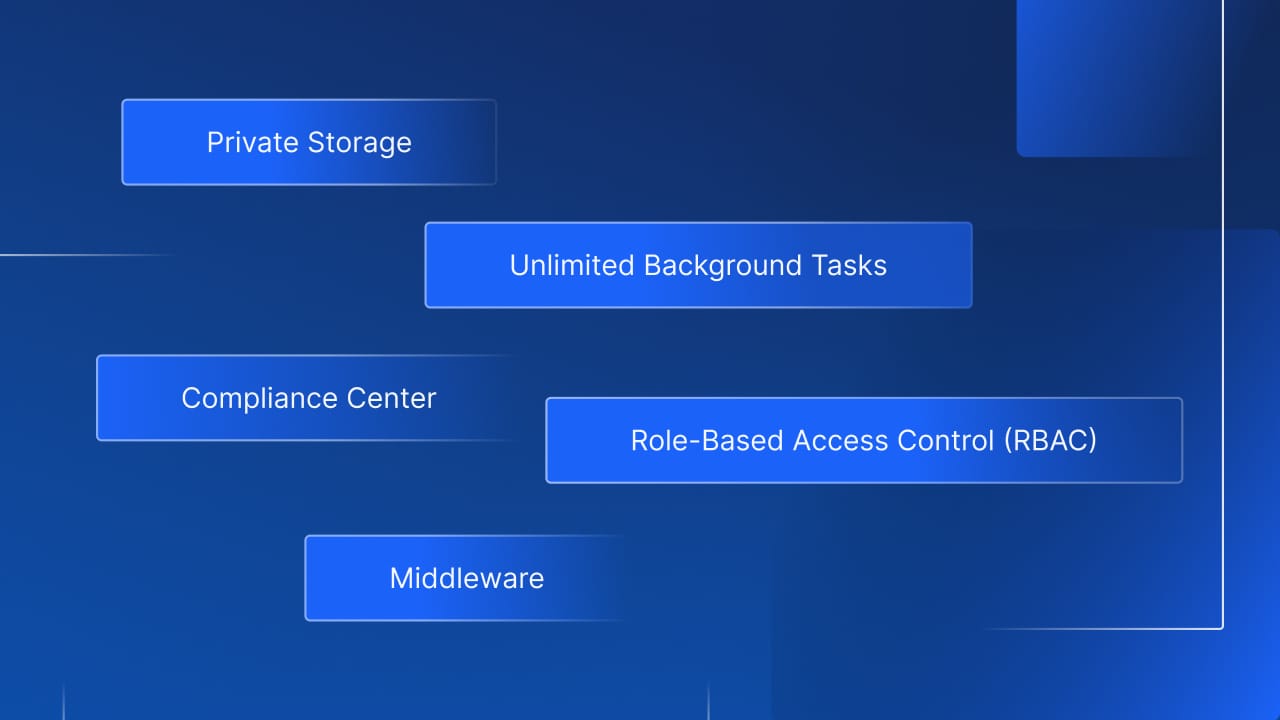Backend Vs Frontend Development: Which One Should You Learn?
By Xano | March 12, 2021

Web development is a lucrative industry, and one that is poised to grow in the coming years. There has never been a better time to get into development, but – if you’re new to the field – deciding your precise path can be complicated.
If you are deciding to become a web or software developer, you have probably heard the terms “backend” and “frontend” development. When it comes to backend vs frontend development, it is not necessarily an either/or scenario. Many successful developers work both front and backend technologies, and a diverse skillset of course helps your career.
If you are considering specializing in either frontend or backend development, however, there are some important differences to consider. Developers are responsible for different aspects of a website, mobile application, or software depending on their precise job title. Below, we will breakdown the differences between frontend and backend development and go over some pros and cons of both fields.
Frontend Development
Developers often use the analogy of a brick-and-mortar store when explaining the difference between front and backend development.
Frontend development entails optimizing everything customers see – from the paint or wallpaper to the display racks – to optimize customer experience.

Working in frontend development means handling the client side. Frontend developers do things like implement a website’s visual component, create interactive features, and better the user experience overall. Frontend developers often work as web designers to help create an easy-to-navigate and aesthetically pleasing webpage.
What Skills Do I Need?
The skills for any developer depend on the specific needs of a given company. Preferred programming languages and professional experience varies from position to position, so there is no one-size-fits all option.
However, there are some broad skill sets you should work on if you want to work in frontend development:
- HTML: This is the standard markup language used to create web pages, which every programmer – not just frontend developers – should learn.
- CSS (Cascading Stylesheets): CSS allows you to change how specific parts of a webpage appear to the user, such as text, color schemes, and graphics.
- JavaScript: JavaScript is among the most common programming languages used by frontend developers and is also a useful skill to have for anyone working in programming.
You should also learn JavaScript Frameworks, which are collections of code libraries that contain pre-written JS codes for basic tasks and features. Frameworks like React, Ember, and Angular are particularly common in frontend development.
You should also be familiar with:
- Debugging and testing
- Frontend development tools and features (content management systems APIs, automation, etc.)
What Are Frontend Developer Jobs?
Some common frontend development jobs include:
- CSS/HTML Developer
- Full Stack Developer
- UI Developer
- Front End Web Design
Frontend developer salaries range from roughly 90K to 140K per year.
Backend Development
Going back to the brick-and-mortar store analogy, the backend is everything you find in the “Employee’s Only” sections. This includes things like inventory, cleaning supplies, and so on.
As a backend developer, you maintain everything needed to keep things running smoothly on the frontend.

Backend development focuses less on customer-facing aspects of websites and mobile apps. It instead makes things work using backend languages and addresses server-side web application and logic.
What Skills Do I Need?
As with frontend development, a lot is contingent on the specific needs of your company. This is yet another reason to have as diverse a skillset as possible to stay competitive in the tech world.
Backend development requires more advanced programming languages, as well as knowledge of frameworks like Ruby on Rails and .NET. The most common languages used in backend development are:
- Java: Popular with high-level programming, Java is an object-oriented language often used to create applications for computers.
- PHP: A general-purpose scripting language, PHP is often used for server-side web development. This makes it a valuable skill to have if you work in backend development.
- Python: An object-oriented and high-level language, Python can be used for almost anything on a web application page.
In addition to the above languages, backend developers should also know:
- Model/View/Control Architecture: This architecture breaks apart varying responsibilities within an app and then designates responsibilities to different components of that app.
- RESTful Architecture: REST means thinking about the underlying meaning of HTTP requests and how to integrate these requests with an application.
- Business Logic: This is essentially integrating real-world rules into an application or website.
What Are Backend Developer Jobs?
Backend developers can work in a variety of different fields, but some common jobs include:
- Java Developer
- Software Engineer
- iOS Developer
- DevOps Engineer
The average salary of a backend developer is around $124,000 per year.
Backend Vs Frontend Development: Which One Is Right For Me?
There is a lot of overlap between frontend and backend development, but there are some subtle differences in focus and mindset. Speaking broadly, frontend developers focus more on the creative side while backend developers focus more on the technical side.
Frontend development often entails making web design mockups come to life. The job often appeals to those with an artistic side as you will be working on visual frameworks and improving overall user experience.
Backend developers handle the more logical aspects of web development. Backend developers often enjoy working their way through coding challenges and developing algorithms. You spend the bulk of your time streamlining behind-the-scenes processes.
It is important to keep in mind that there is a lot of overlap in the web development world. Having creative tendencies does not mean you would not thrive in backend development. Nor does being a more logical person does not prohibit you from excelling on the frontend.
Many developers end up full-stack developers, capable of writing both frontend and backend code. These positions often pay more and may be more secure as they make you more valuable to the company.
Backend Vs Frontend Development: The Bottom Line
Both frontend and backend developers can enjoy long and fulfilling careers. While there is a lot of overlap between the skills required for either career path, there are key differences between jobs in front and backend development. These differences may make you more suited to one area.
Many skills are developed over time. As you grow in your career, you will likely develop proficiency in both frontend and backend languages. This will open you up to many new opportunities. Make sure to explore both sides of development throughout your career. This is the best way to find the job best suited for you.
Want to simplify backend development? Xano provides the fastest NoCode backend development platform on the market to save you time and money creating apps.

















